Most Spoken Languages in the U.S.
In the United States, 121,520,180 households speak English, and of those, 94,970,700 households only speak English. That means more than 26 million people speak a second language at home.
Additionally, 8 percent of the U.S. population is considered limited-English proficient, meaning they more commonly speak another language. In fact, you may be surprised to learn there are 20 different languages commonly spoken across our 50 states.
Read on to discover the 20 most spoken languages in the U.S., as defined by the U.S. Census Bureau.
20. Dakota, Lakota, Nakota, Sioux: 17,023
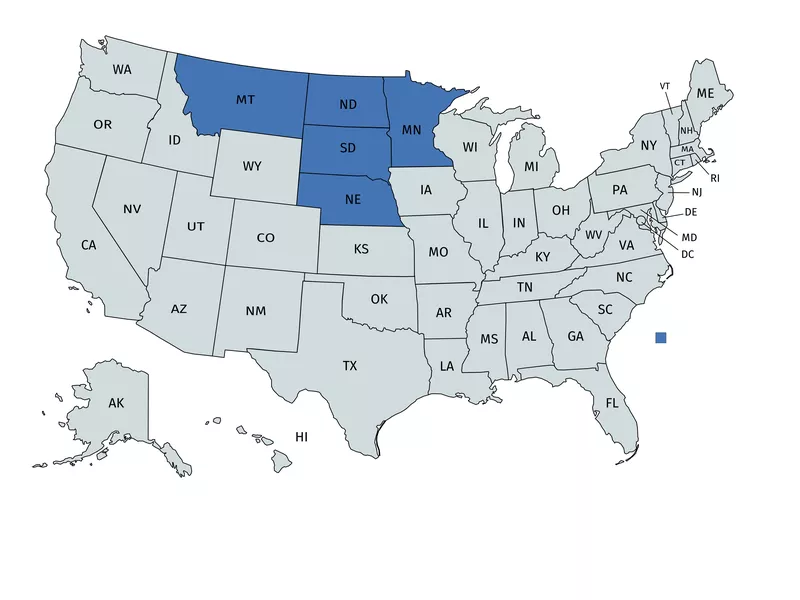
Spoken in: Minnesota, Montana, Nebraska, North Dakota, South Dakota
The similar yet separate languages of the Native American Sioux tribes are found in the northern plains. Although they may be slightly different, they are understood and considered to be more of a dialect that a different language.
Dialects
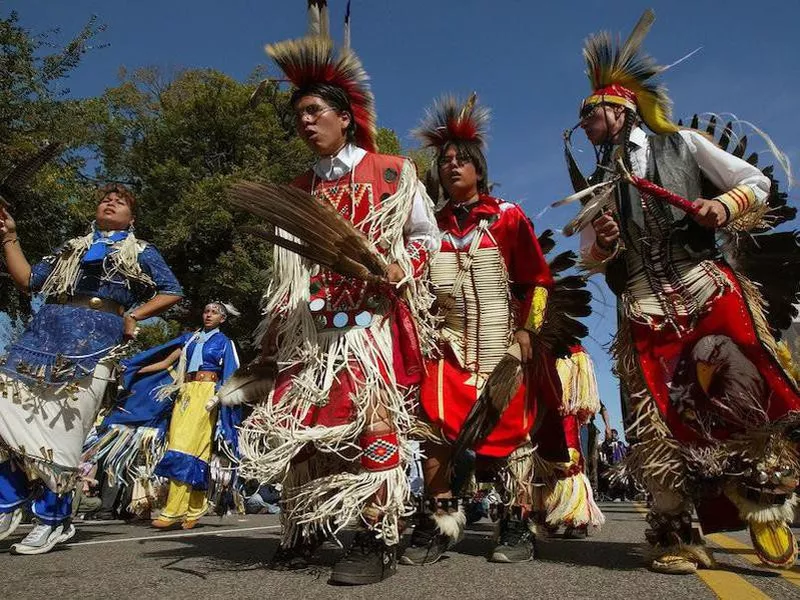
Pablo Martinez Monsivais / AP
The Sioux are a large confederacy of tribes. The Lakota (also called the Teton Sioux) are the largest of the tribes and are found mostly in North and South Dakota.
The Dakota (also called the Santee Sioux) are mostly found in Minnesota and Nebraska. And the Nakota, the smallest of the tribes, can also be found in North and South Dakota as well as Montana.
19. Aleut-Eskimo: 23,665
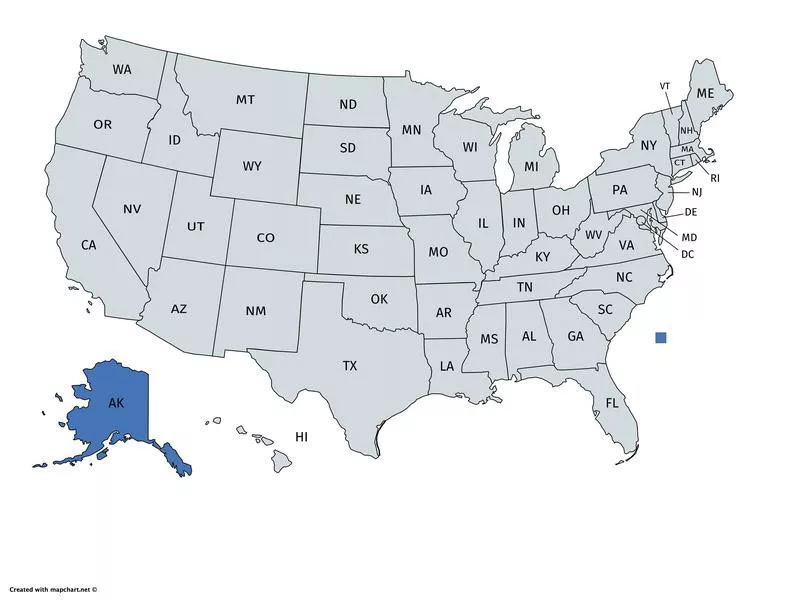
Spoken in: Alaska
The language of the Aleut and Eskimo people can be found across the northern parts of Canada, Russia, Greenland and, in the United States, Alaska.
The Aleut and Eskimo are two different tribes of people, but due to their location, they get grouped together into one language category.
Dialects
For the Aleut people, there is one language with two dialects.
For the Eskimo people, there are Yupik and Inuit, each with their own dialects, which can be found in our northernmost state.
18. Ilocano: 92,955
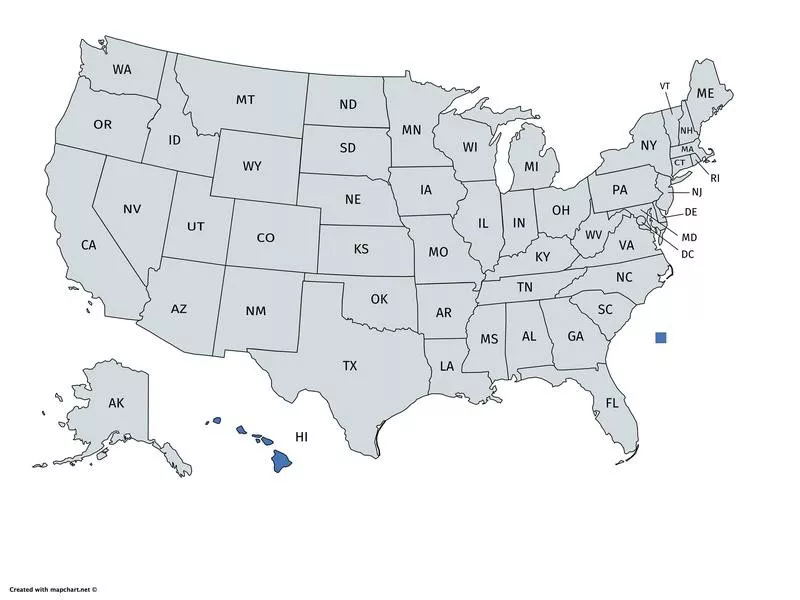
Spoken in: Hawaii
The third most common language spoken in the Hawaiian islands originated in the northwestern part of the Philippines.
The third-largest Filipino ethnolinguistic group, the Ikoko people’s name came from the Spanish and means “people who live along the shore.”
Dialects
There are more than 2 million people around the world that speak Ilokano as a second language.
In Hawaii, 90 percent of the Filipino people are descended from the Ilokano.
17. Somali: 160,940
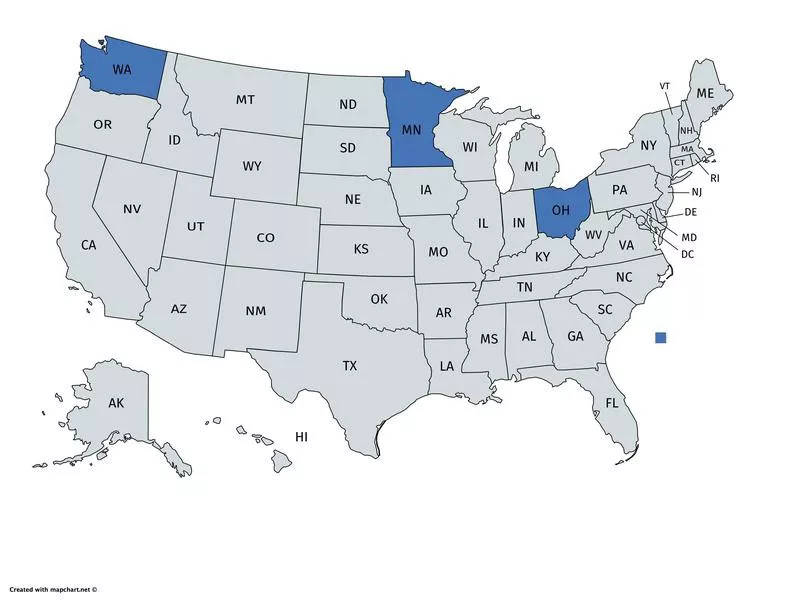
Spoken in: Ohio, Minnesota, Washington
Nearly half of the people in the United States who speak Somali live in Minnesota, and the majority of them live in the capital city of Minneapolis.
People from the African nation came to America following the country’s 1991 collapse. It is said the true number of Somali-speaking people is not recorded due to their inability to speak English and fear of deportation.
Dialects
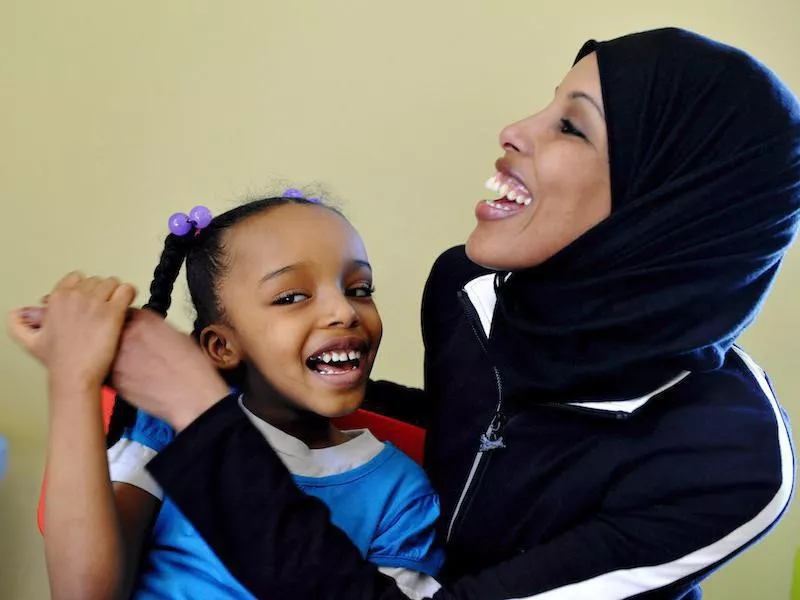
Jim Moore / AP
The people from Somalia traditionally speak one of two different dialects.
Most speak the standard dialect, while a small group from the country’s southern river-lining areas speak the Digil/Raxanweyn dialect.
16. Navajo: 166,856

Spoken in: Arizona, Nevada, New Mexico, Utah
The Navajo language can be found throughout the southwest and is the most-spoken Native American language in the United States.
The Navajo people call their language Diné Bizard, and it is one of nearly 175 indigenous languages still spoken in the U.S. — from what was once more than 300.
Dialects
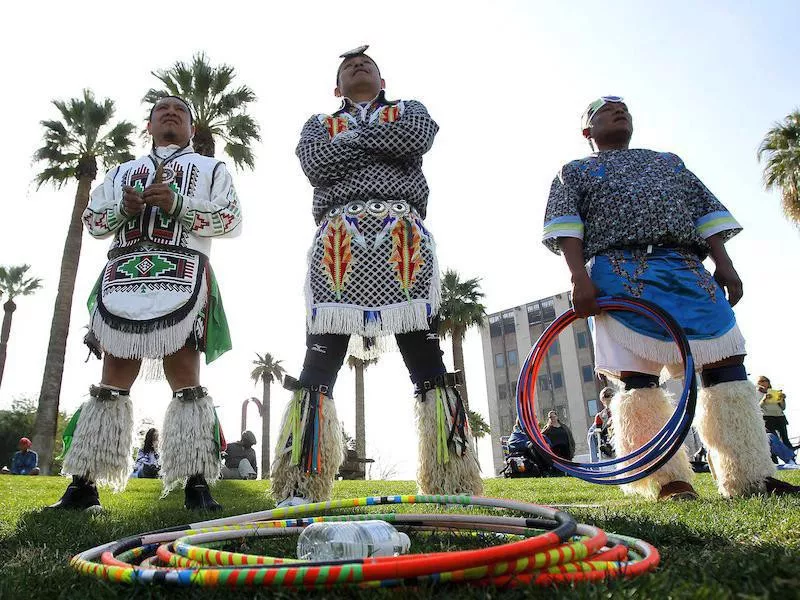
Ross D. Franklin / AP
The Navajo people have strongly protected their language, closely related to Apache.
Collectively, the language, known as the “people’s language,” is part of the Southern Athabaskan languages.
15. Pennsylvania Dutch: 179,336

Spoken in: Indiana, Ohio, Pennsylvania
Predominantly found in Pennsylvania, as the name suggests, this “Dutch” language is actually a translation from “Deutsch.” In fact, it’s a High German that came with Protestant immigrants from 17th- and 18th-century Rhineland.
Many of the Pennsylvania Dutch community make up the Mennonite, Amish and Moravians, spread into neighboring Ohio and some parts of Indiana.
Dialects
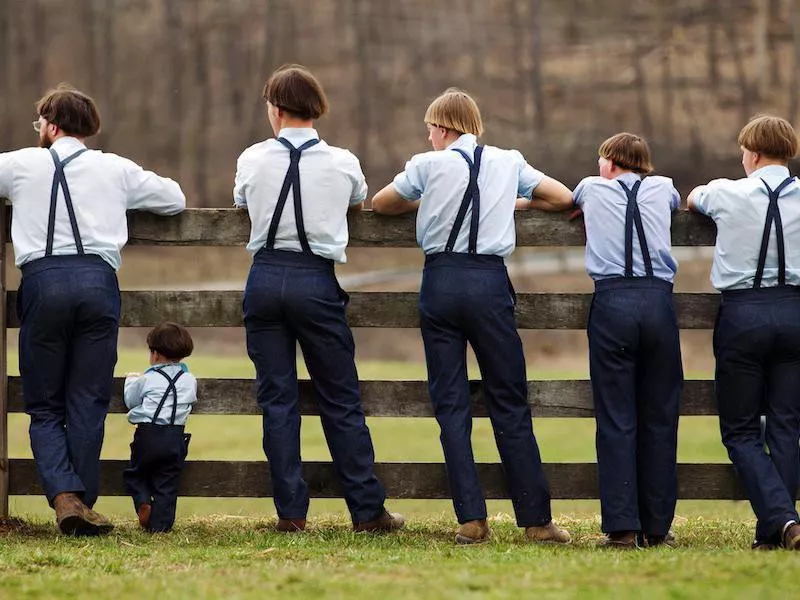
Scott R. Galvin / AP
The Pennsylvania Dutch consider their language a dialect, as it is a different form of German.
14. Nepali: 202,218
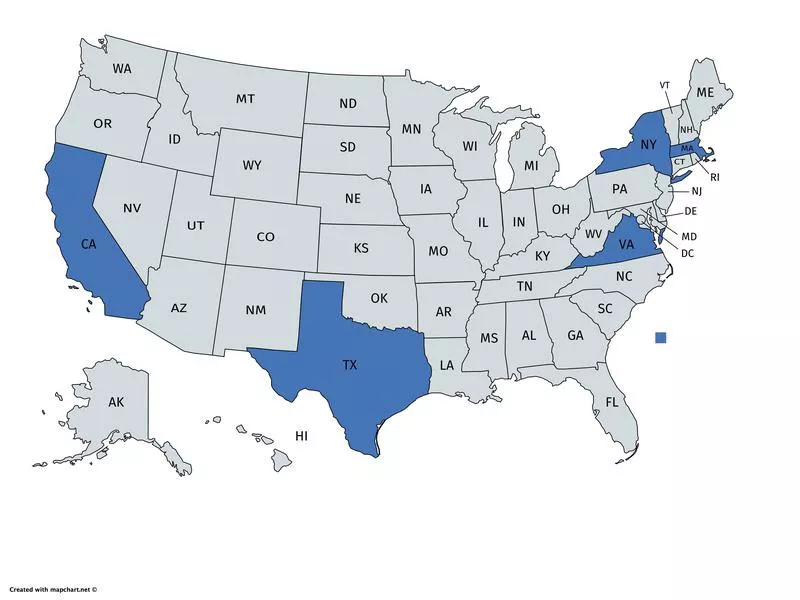
Spoken in: California, Massachusetts, New York, Texas, Virginia
Although the number of immigrants from Nepal, those who speak Nepali, is a relatively low number compared to others, more than 200,000 people speak the language. Every state has a community of Nepali speakers, but the highest concentrations are featured on our map.
Dialects
Nepali is mostly spoken by people from Nepal, but some speakers come from Bhutan, Brunei, parts of India and Myanmar. It is related to Lahnda, Punjabi and Sindhi languages of India.
A Pahari language, there are regional dialects from the west, east and central parts of the country, as well as dialects based on social class.
13. Hmong: 232,161
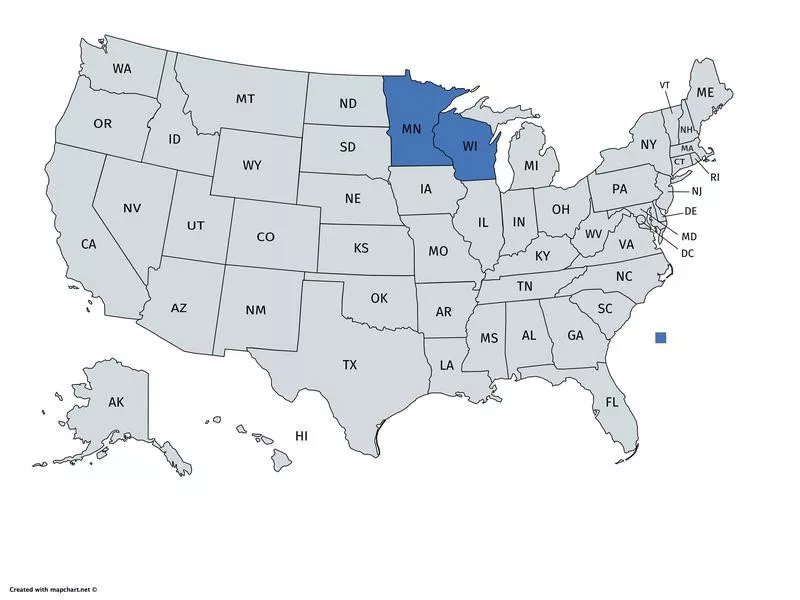
Spoken in: Minnesota, Wisconsin
The Hmong population in the United States began arriving in the 1970s following the fall of Saigon and Laos to Communism. Refugees particularly flooded into America between 1987 and 1994.
The tight-knit communities have large families, with Census findings showing more than six people living in each household, which attributes to the large population of Hmong speakers.
Dialects
The Hmong language’s main dialect is Chuanqiandian. But, this dialect’s sub-dialects are entirely different. Hmong Njua and the more common Hmong Daw have been called so different they could be separate languages.
However, in the United States, Blue Mong and Mong Njua are the regional dialects, also referred to as White Hmong for its Americanized sound.
12. Gujarati: 419,964
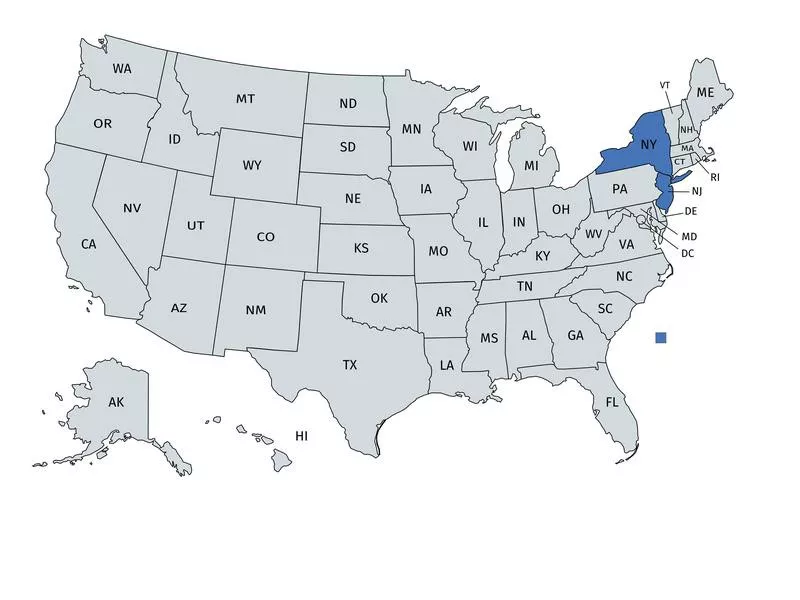
Spoken in: New Jersey, New York
Found primarily in the New York City metropolitan area, including “Little Gujarati” in Jersey City, New Jersey, there are more than 100,000 Gujarati Americans in the region alone.
The Gujarati languages comes from India’s Gujarat state. Immigration to the United States took place in the mid-1960s, after the Hart-Celler Act changed immigration policies.
Dialects
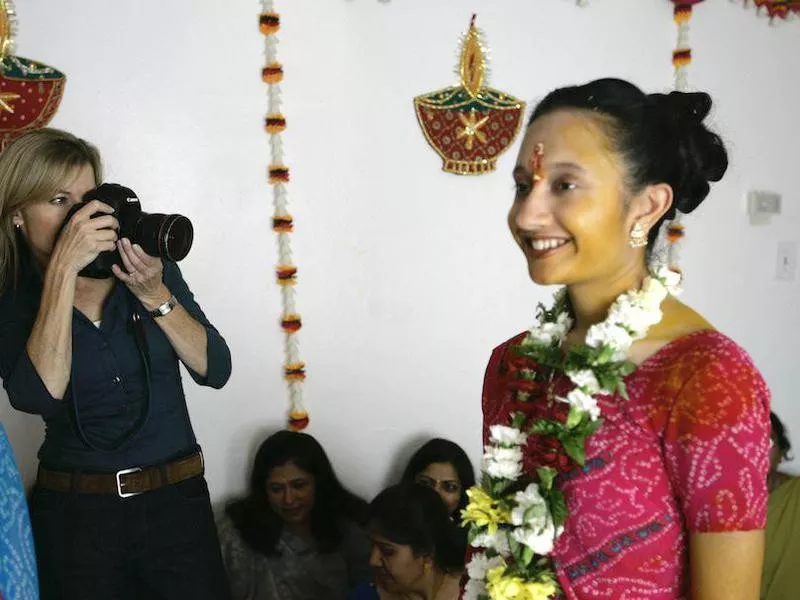
Eric Risberg / AP
Gujarati is nearly 700 years old and is a Indo-Aryan language. The people of Gujarat are the main speakers, although there are dialects found in Mumbai.
Other dialects include those found in Gujarat’s capital of Ahmedabad and East African Gujarati. However, in Gujarat, there are 50 known languages with 30 different dialects.
11. Polish: 512,332
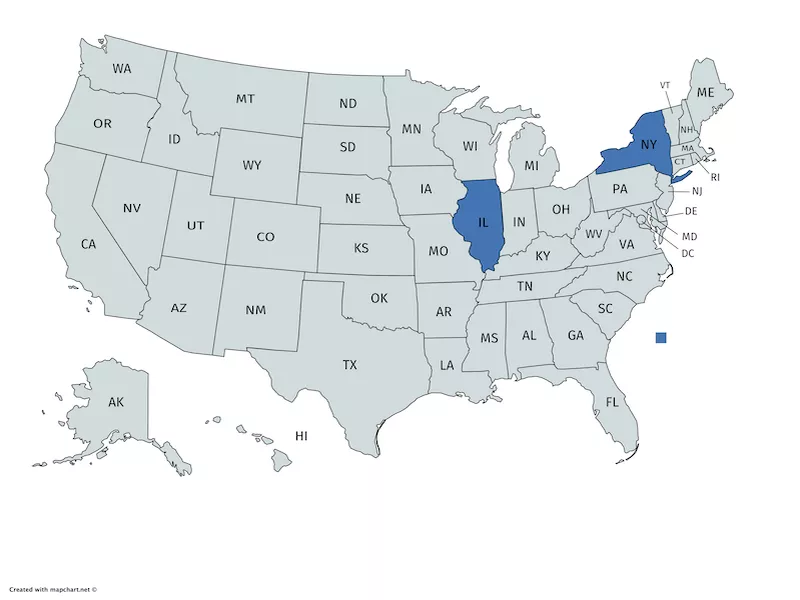
Spoken in: Illinois, New York
The Polish-American community around the country may be stronger than this map illustrates, but that is because the language has fallen to the wayside of English.
Following World War II, Polish immigrants arrived in New York. While plenty stayed — and continued speaking Polish — it was Chicago where the second-largest wave moved. So many Poles reside in Chicagoland that others continue to arrive to be near family. It’s referred to as “Poland Elsewhere.”
Dialects

Matt Marton / AP
Polish is a West Slavic language and can be connected to the languages of Czechia, Slovakia and Eastern Germany.
The official dialect is Upper Silesian. Those from North Poland speak a dialect of Mazovia, while in the south, it is the Dialect of Lesser Poland.
10. Portuguese: 763,340
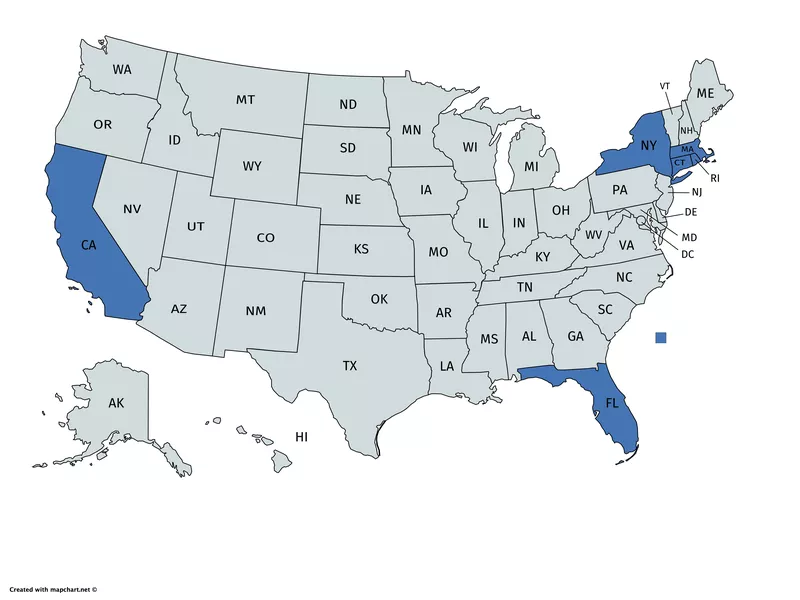
Spoken in: California, Connecticut, Florida, Massachusetts, New York, Rhode Island
About 100,000 more people speak Portuguese in Massachusetts than Florida, the state with the second-largest amount of its speakers.
The Portuguese began arriving to the New England state to work on whaling ships in the 1800s, coming from Portugal and its island territories. By the 1980s, the number of speakers continued to come — more than 250,000 people — but this time from Brazil.
Dialects
The most obvious dialects of Portuguese are between Portugal and Brazil.
Additional dialects relate to the Portuguese colonies that spread into Africa in places such as Angola, Cabo Verde, Guinea and Mozambique.
9. Creole: 900,596
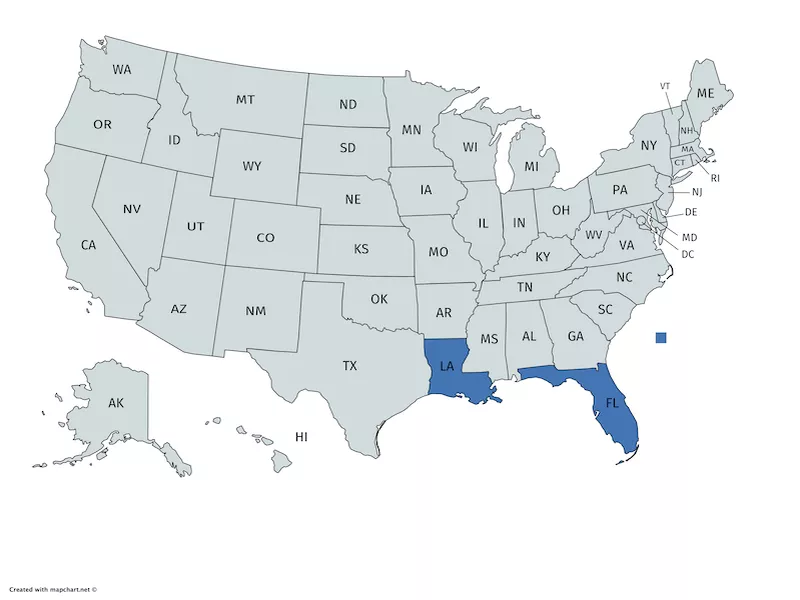
Spoken in: Florida, Louisiana
What began in Louisiana as a translation of the French language into a form of English during the 17th and 18th centuries became its own language known as French Creole. The language simplifies words and was created to help people understand the newcomers.
It is said the language actually comes from Haiti, where slaves speaking Haitian Creole brought their language to their new world.
Dialects
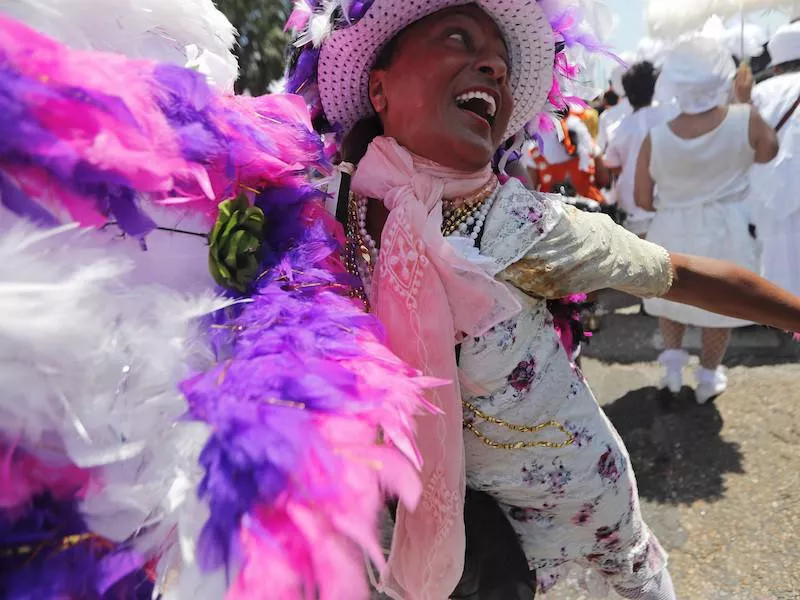
Gerald Herbert / AP
There is the French Creole found in Louisiana, which some refer to as Cajun. But in Florida, the language more closely resembles the original Haitian Creole.
Immigrants fleeing their island nation, devastated by repeated earthquakes and hurricanes, make up a large portion of the Haitian Creole found in the Sunshine State.
8. German: 905,326
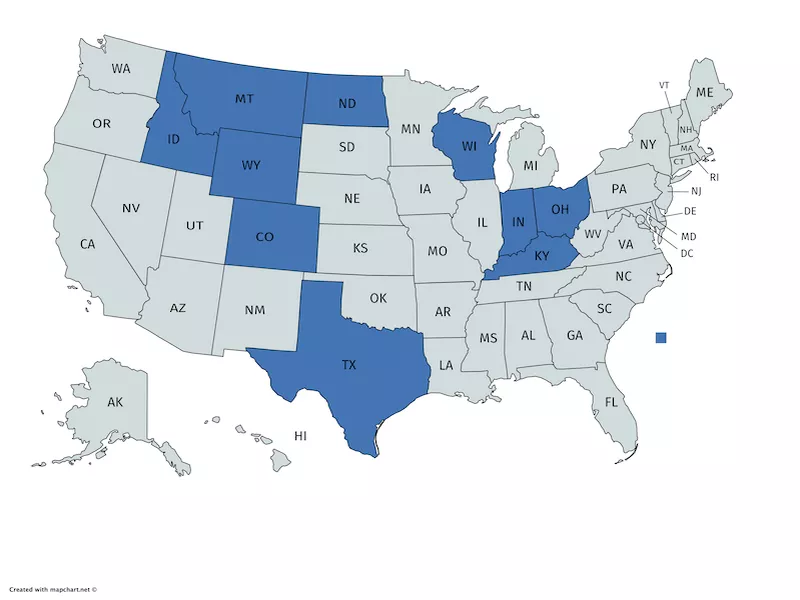
Spoken in: Colorado, Idaho, Indiana, Kentucky, Montana, North Dakota, Ohio, Texas, Wisconsin, Wyoming
Outside of the High German spoken by the Pennsylvania Dutch, German is spoken by nearly 1 million people in the United States. Although nearly half of the early German settlers to the U.S. stayed in Pennsylvania, more than 130,000 continued to other states and continued to grow.
The language is also the third most taught language in American schools. The Goethe Institute provides German-speaking cultural centers and has seven across the country.
Dialects
There are three distinctive German-American dialects in the U.S. In Texas, which saw immigrants arriving in the 19th century, Texas German is one of the largest dialects in the country.
The Wisconsin-Swiss German found in the Midwest comes from the immigrants from Switzerland who arrived, with their own dialect of German. The third German is, of course, the Pennsylvania Dutch, although those speakers are not included in the Census data under German.
7. Korean: 1,104,145
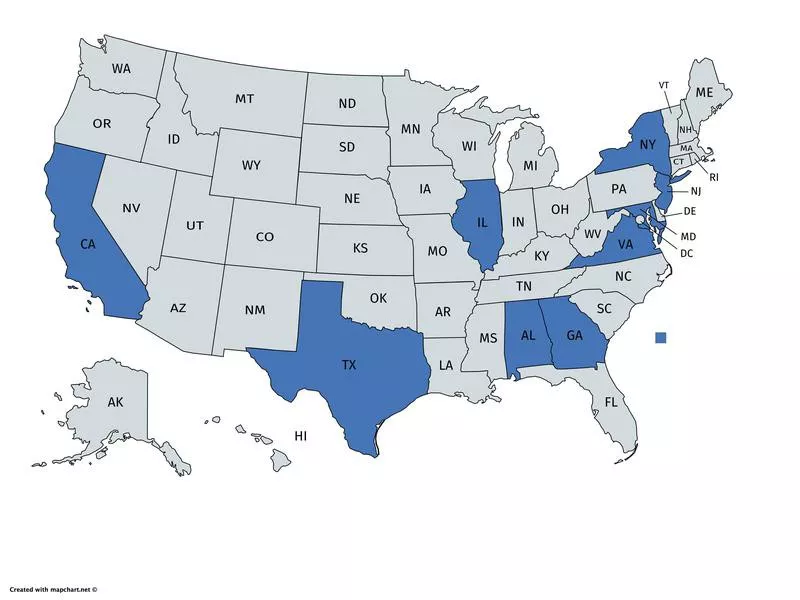
Spoken in: Alabama, California, Georgia, Illinois, Maryland, New Jersey, New York, Texas, Virginia
The largest Korean population in the United States can be found in Los Angeles, where more than 200,000 live in the greater area.
California saw many Koreans arrive throughout the state between 1980 and 2010. They came to stay in San Francisco, Sacramento and other areas with more temperate climates than New York, which has the second-largest concentration of Korean immigrants.
Dialects
The Korean language has six different dialects, with the standard Korean used by nearly the entire population from South Korea.
There is also the Yeongseo dialect found in Gangwon, the Jeju dialect from the island of the same name and the Seoul dialect found in the city as well as Gyeonggi and Incheon areas.
6. French: 1,184,736
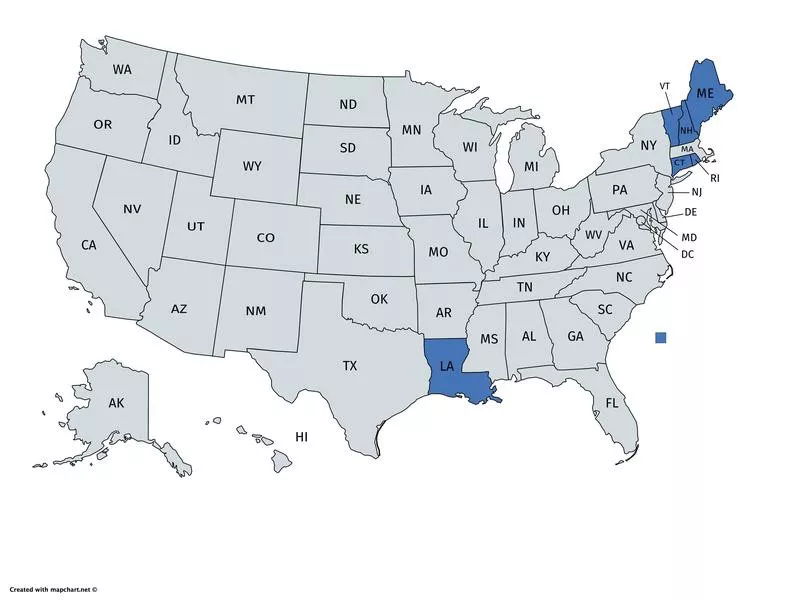
Spoken in: Connecticut, Louisiana, Maine, New Hampshire, Rhode Island, Vermont
Not only is Creole a French-hybrid found in Louisiana, but French itself is still found in the state, particularly in New Orleans, the home of French colonialists.
But as France occupied much of eastern Canada, where French is the official language of Quebec, you’ll find the language also spilled over into New England.
Dialects
Just as French changes around the world, so too does the French dialect in the U.S. The Quebec French that carried into New England changed into its own new dialect known as New England French.
In Louisiana, besides the French Creole, there is Colonial French, a dialect that remains to this day.
5. Arabic: 1,229,949
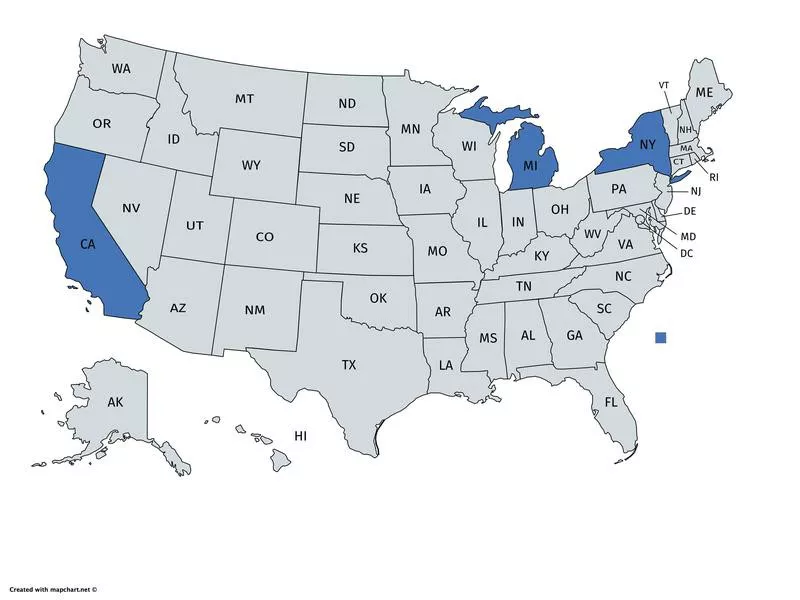
Spoken in: California, Michigan, New York
Arabic is the fifth most spoken language in the world as well as the fastest-growing language in America. While the three largest Arabic-speaking states have only 100,000 speakers, there are more than 1 million speakers in the U.S.
Arabic studies are on the rise as well, with thousands of students enrolling in Arabic language classes.
Dialects
Many Arabic languages have a country-based dialect, such as Egyptian Arabic, Sudanese Arabic or Arabic from the Persian Gulf.
There are Modern and Classical versions of the language as well. Classical comes from the Koran, while Modern is the most common dialect.
4. Tagalog: 1,753,712
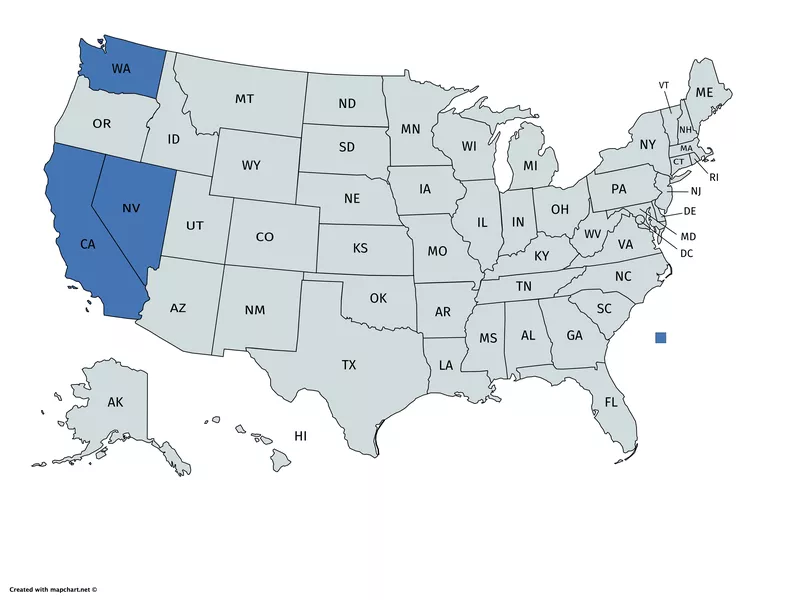
Spoken in: California, Nevada, Washington
Another one of the Polynesian languages that have extended into the U.S. comes from the Central Philippines. Tagalog is one of the five most spoken languages in America.
There are more than 4 million Filipino Americans in the U.S., with the greatest Tagalog speakers found in the Western portion of the country.
Dialects
Most of the Tagalog language comes from the Luzon island, the largest of the Philippines. The word “Taga-ilog” means “from the river.”
Tagalog is the official language of the Philippines, but there are 10 additional dialects understood by its speakers.
3. Vietnamese: 2,155,371
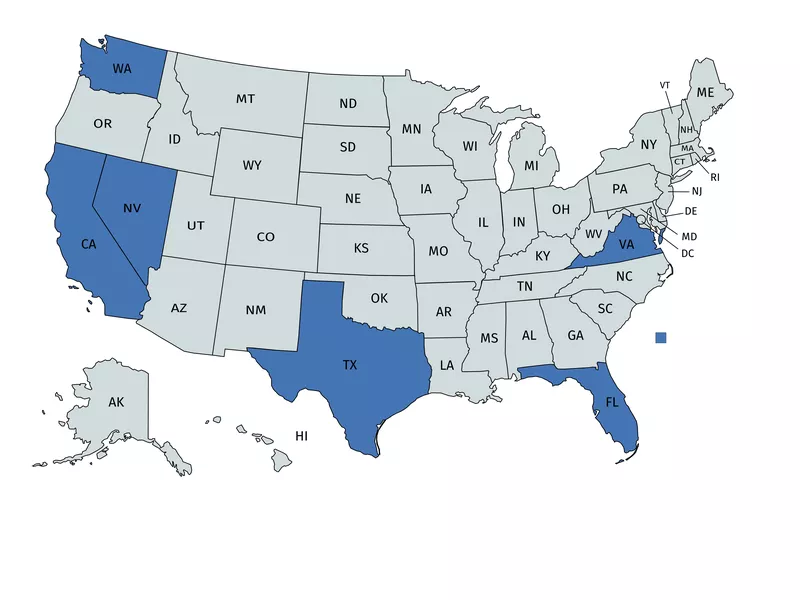
Spoken in: California, Florida, Nevada, Texas, Virginia, Washington
The Vietnamese language has its roots in Chinese, but while there are some similarities, it is a Southeastern Asian language spoken by more than 70 million Vietnamese.
Dialects
There are three main dialects of Vietnamese, also based on geography.
The Northern Vietnamese dialect is the Hanoi, Hue is Central Vietnamese and Saigon is Southern Vietnamese.
2. Chinese: 2,155,939
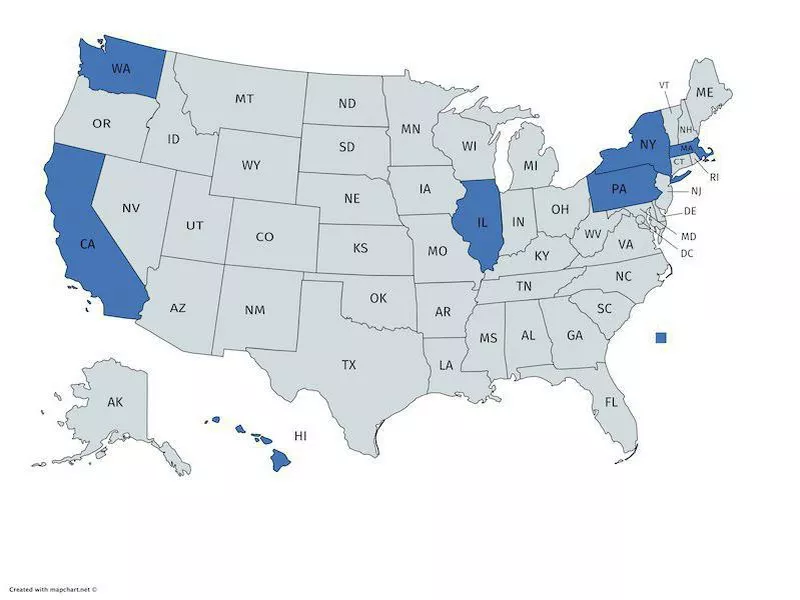
Spoken in: California, Hawaii, Illinois, Massachusetts, New York, Pennsylvania, Washington
Chinese is spoken by more than 40 million people outside of China.
In the United States, Chinese is widely spoken in cities where large populations of Chinese have formed Chinatowns, including those in New York City, San Francisco and Boston.
Dialects

Kathy Willens / AP
The Chinese language’s main dialect is known as Mandarin, which is more commonly found in the U.S. used by immigrants arriving from China.
Other dialects include Cantonese (Yue), Shanghainese (Wu) and Minbei (Fuzhou).
1. Spanish: 41,460,427
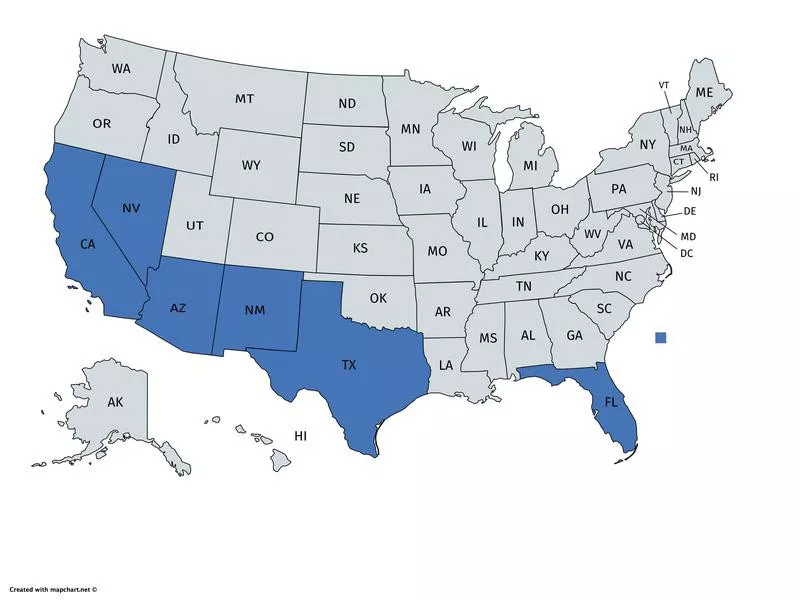
Spoken in: Arizona, California, Florida, New Mexico, Nevada, Texas
The second most common language spoken in the United States after English is Spanish. There are even more Spanish-speaking people in this country than there are in Spain!
Although you’ll find Spanish around the country, the strongest concentrations are found along the border of Mexico and in Florida, where Spanish settlers first colonized areas.
Dialects
There are numerous dialects for Spanish found in the U.S. In Florida, for example, there may be more Central American and Caribbean dialects, while along the Mexican border it will be Mexican.
There are also Colonial dialects remaining, as well as Spanglish, a Spanish-English combination.